
Drones, facial recognition and a social credit system: 10 ways China watches its citizens
From tracking the activity of mobile app users to setting up a social credit scorecard, the world’s most populated country is taking surveillance technology to new heights
With a population of 1.3 billion, China’s plan to create a facial recognition system that can identify people within three seconds – with a 90 per cent accuracy rate – may seem ambitious, but that does not stop it from trying.
Various cities have already started using facial recognition to name and shame minor offenders, spot a criminal among thousands-strong crowds and verify the identities of passengers at airports.
China’s mass surveillance efforts do not stop there.
From tracking user activity with mobile phone applications to setting up a “social credit system” to keep tabs on its people, the world’s most populated country is taking surveillance technology to new heights.
Here are some ways China is spying on its citizens.
1. Robotic doves
Peking University installs facial recognition system on campus gate
When in flight, they are so lifelike and quiet that real birds sometimes fly beside them. The drones are fitted with cameras, a GPS, a flight control system and a data link antenna for satellite communication.
2. Video surveillance
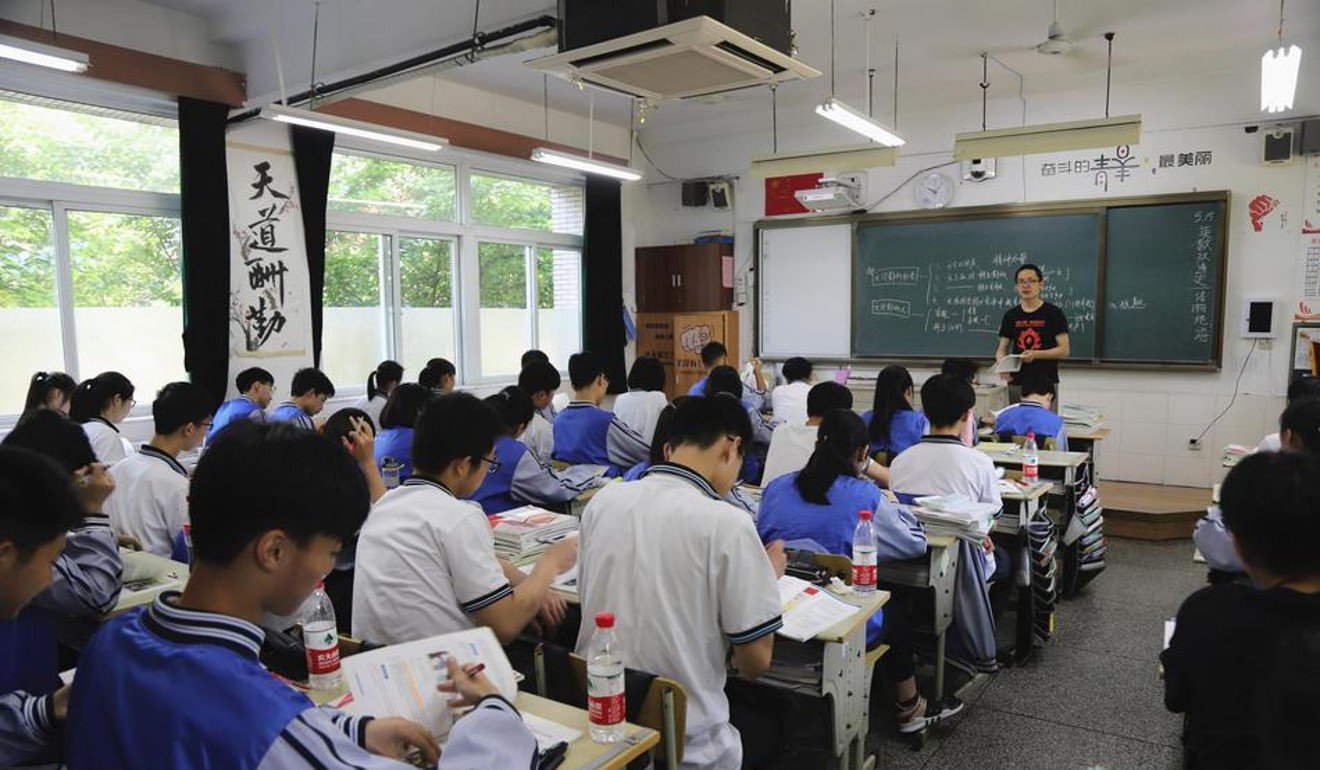
It has long been understood that the Chinese government uses video to keep an eye on the country. But the scale of the endeavour is astounding.
3. Facial recognition
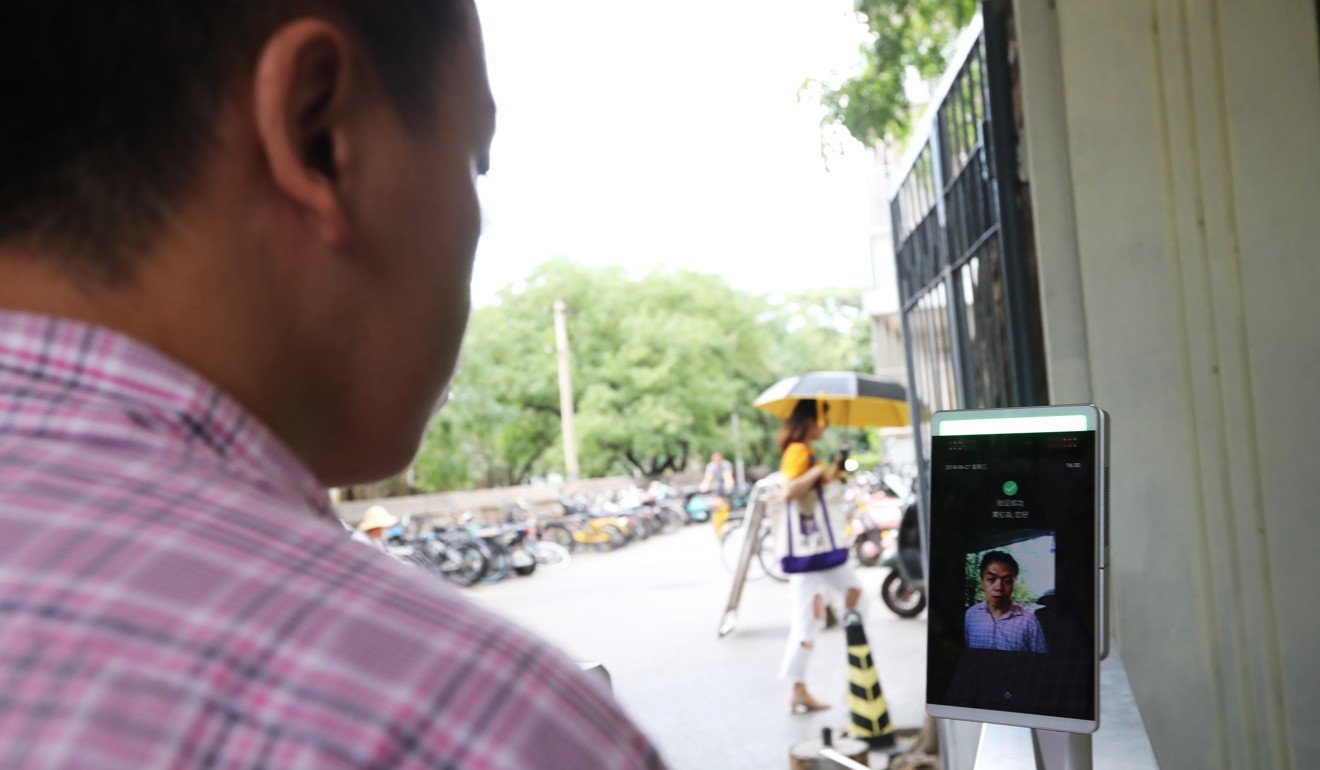
The system will be used for security and government purposes, such as public administration and tracking wanted suspects. This intention has raised alarm bells – mainly to do with privacy issues – among artificial intelligence (AI) experts.
Already, facial recognition technology has been put to use.
Big Brother surveillance? Video cameras can keep cities safer and help boost the economy
A KFC outlet in Hangzhou, China, has rolled out a “Smile to Pay” system; universities use it to screen staff and students; and some toilets in Beijing use facial recognition science to limit the amount of toilet paper dispensed to each individual.
The technology has also helped police catch fugitives and shortened the immigration process.
4. Border control
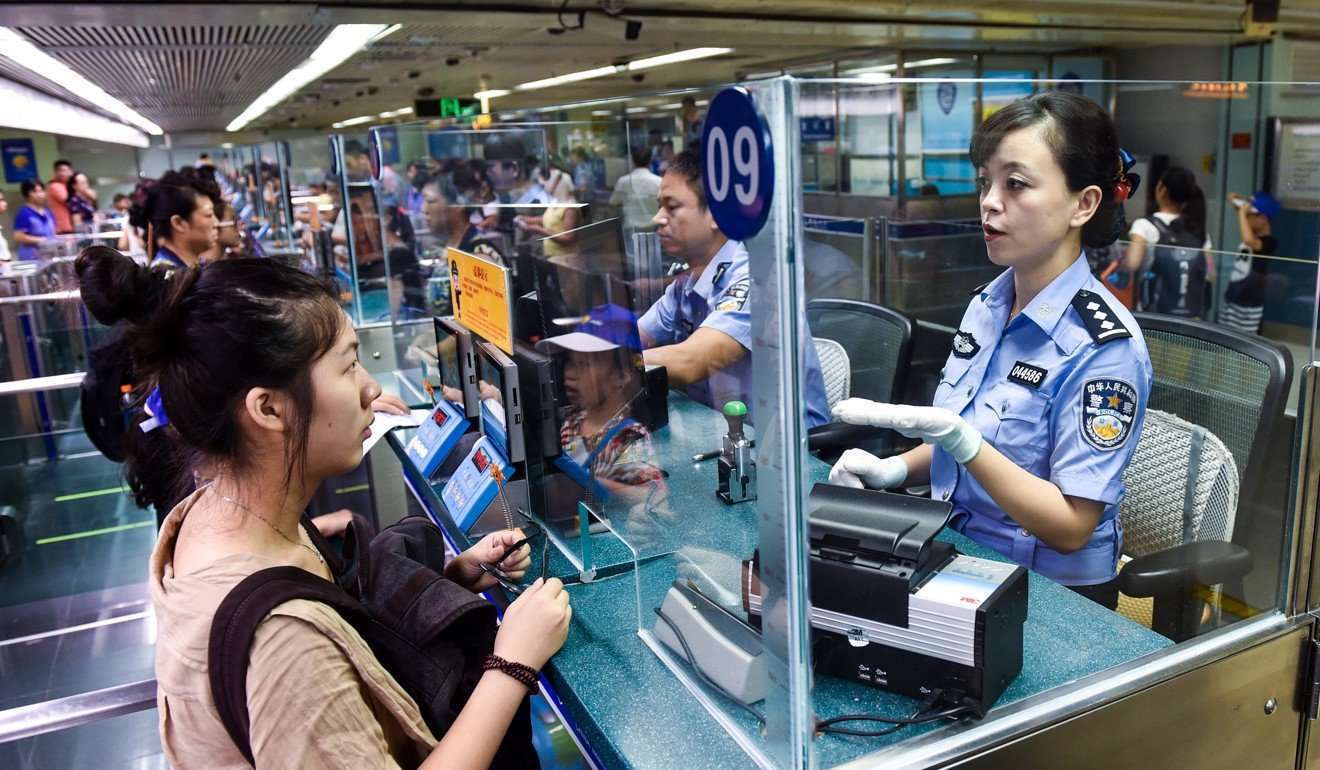
The new system checks visitors’ appearances against a database of faces and travel information and alerts customs officials if it suspects an individual of being a parallel trader.
Big Brother’s watching the UK, but facial recognition is often wrong
Also, airport authorities will use facial recognition tools to match users to their luggage, which will help with baggage tracking and security risk assessments.
5. Apprehending fugitives
A year later, traffic police in Shenzhen started displaying photos, names and partial ID numbers of jaywalkers online.
Revealed: the advanced ‘black tech’ within reach of China’s police
The device scanned passengers’ faces and activated software that matched their features to a database. As a result, at least seven fugitives related to hit-and-run and human trafficking cases were identified, and 26 cases of identity fraud broken.
6. Messaging platforms
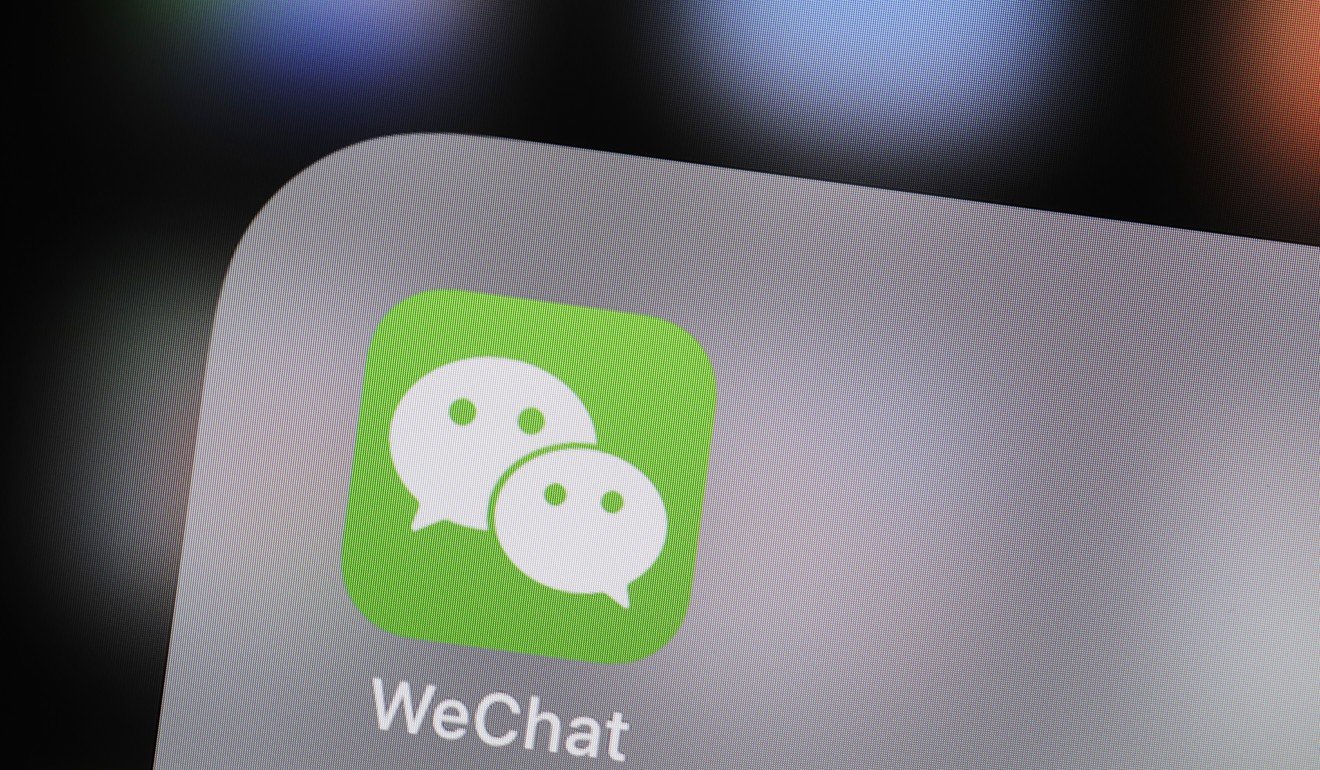
China’s most popular messaging app, WeChat, boasts an 83 per cent penetration rate among smartphone users, and 92 per cent in first-tier cities. But unlike WhatsApp and Telegram, the app does not provide end-to-end encryption, which means third parties – such as hackers, the government and internet operators – have a back-door channel to access users’ messages and data.
Tencent bans thousands of WeChat accounts peddling fake stock tips
Although WeChat’s owner, the Chinese tech giant Tencent, denied storing chat histories, the post prompted concerns among Chinese users about privacy on social media.
7. Data mining from workers' brains

Why China’s tech-savvy millennials are quitting WeChat
Each emotional spike, whether caused by anger, anxiety or sadness, was tracked and recognised by AI algorithms in China’s first large-scale business application of AI technology.
The move helped increase overall efficiency by manipulating the frequency and length of break times to reduce mental stress, the company said.
8. Social Credit System

First introduced in 2014, the rating system affects everything from loan approvals to permission to board flights.
The system is expected to be fully in place by 2020, but is already partially in place.
Those on the list ended up banned from buying train and plane tickets for a year.
9. Mobile phone applications
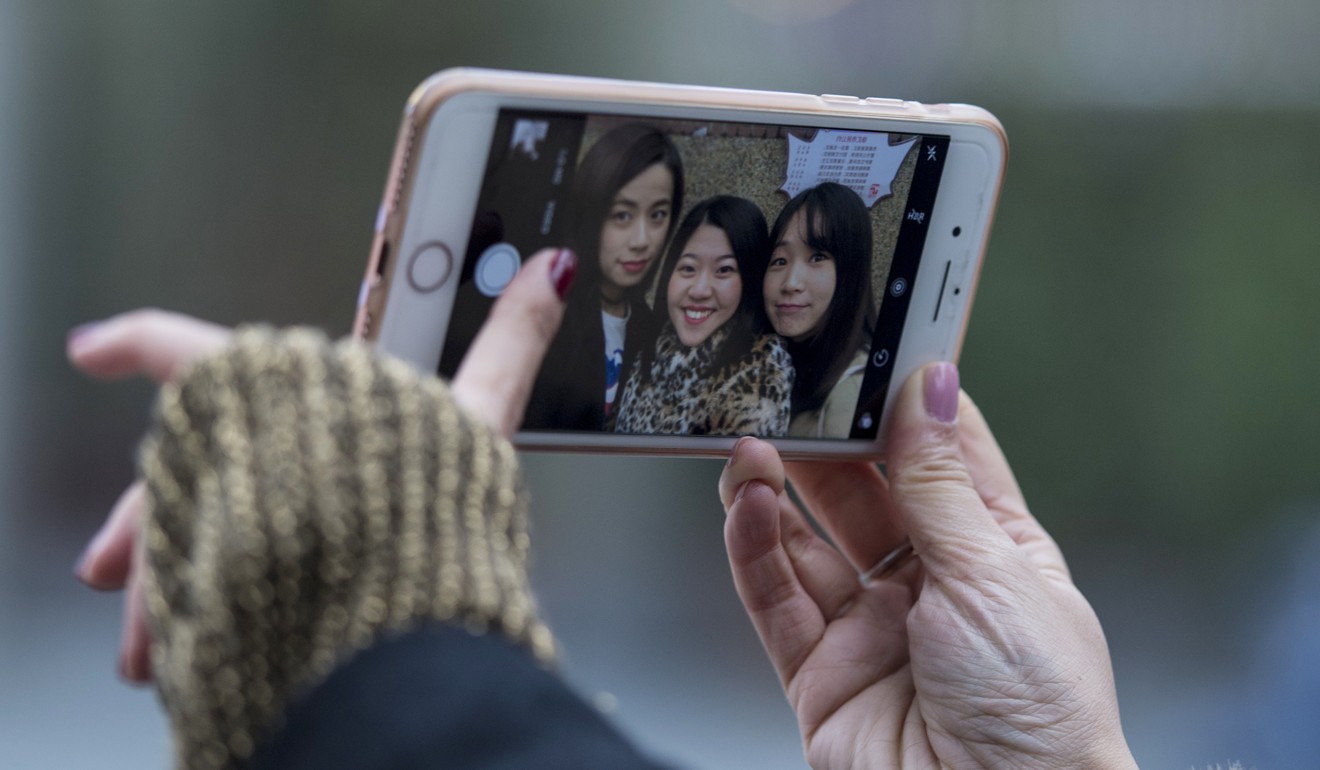
A June 2016 regulations that required developers to verify user identities and save activity logs for 60 days aroused suspicion, technology bloggers and security commentators said.
In the same vein, telecom equipment made by Huawei and ZTE was labelled a national security threat by the US government in 2012 while phone-maker Xiaomi has faced data privacy investigations in Taiwan and Singapore.
10. Whistle-blowers

An example would be foreigners meeting “any person within China who has conducted activities endangering state security or is strongly suspected of doing so”.
The website promised rewards for information, although no details were provided. In 2017, the Beijing City National Security Bureau offered 10,000 to 500,000 yuan (US$1,600 to US$79,700) for information on spies.

